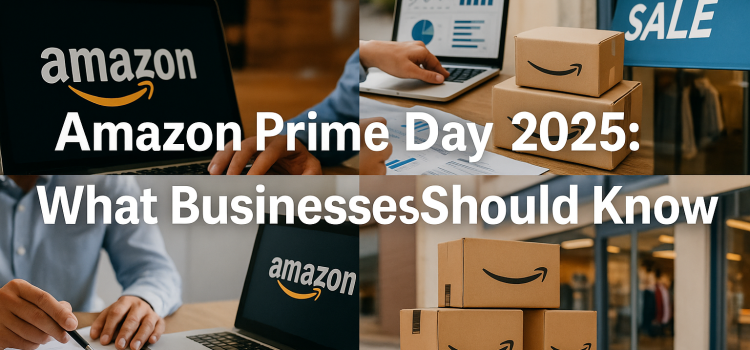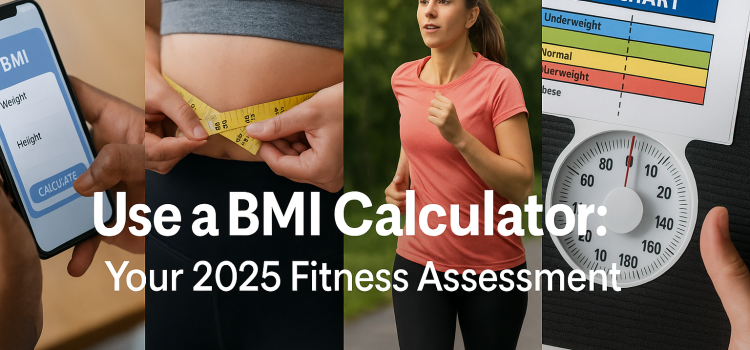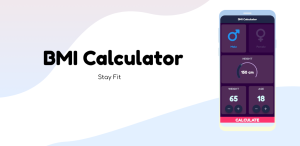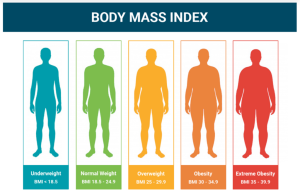
Introduction
Every summer, a forty-eight-hour shopping rush called Amazon Prime Day turns millions of casual browsers into power buyers. In 2024, third-party sellers rang up nearly fifty percent of event revenue. Prime Day 2025 is projected to be even bigger, thanks to faster drone deliveries, new Buy with Prime widgets, and a spike in AI-powered deal alerts. For brands and small merchants, the question is no longer “Should we join?” but “How do we win?” This guide breaks down key dates, new seller tools, ad strategies, and post-event tactics—all in plain language any ten-grader can follow.
What Is Prime Day and Why Does It Matter?
Amazon launched Prime Day in 2015 to celebrate its membership program’s birthday. The event now rivals Black Friday for gross merchandise volume. Deals are exclusive to Prime members, but sellers of all sizes can list Lightning Deals, Coupon Deals, or Best Deal discounts. Beyond two intense days of checkout clicks, Prime Day triggers a halo effect. Shoppers who discover your brand often return in the fall holiday season. In short, Prime Day is both a flash-sale sprint and a long-game growth engine.
Prime Day 2024 by the Numbers
| Metric | Result |
|---|---|
| Global GMV | $13.4 billion |
| Orders from Small Businesses | 390 million |
| Average Discount | 19 percent |
| New Prime Sign-Ups | 2.3 million |
Analysts expect each figure to rise 8–12 percent in 2025 as Amazon expands same-day delivery zones and pushes international storefronts.
Key Changes for Prime Day 2025

Earlier Deal Submission Window
Amazon now opens deal submissions in mid-March and locks them by May 1. Brands that miss the window must rely on coupons or drop prices manually during the event.
AI-Generated Product Highlights
Sellers can let Amazon’s generative AI write bullet points and create lifestyle images. Early testers saw click-through rates jump ten percent. Review AI copy for accuracy before publishing—errors remain your liability.
Buy with Prime Widgets on D2C Sites
Merchants using Buy with Prime can sync Prime Day prices on their own websites. Amazon handles payment and two-day shipping while you keep customer email (opt-ins only) for post-sale marketing.
Sustainable Badges
Products shipped in recyclable packaging earn a green “Climate Friendly” badge. Early data shows a six-point conversion lift among eco-minded shoppers.
Preparing Inventory and Pricing
Forecast Demand
Pull last year’s daily sales data plus a twenty-percent buffer for growth. Add extra buffer if your product trended on TikTok or gained major reviews this spring.
Check Storage Limits
Fulfillment by Amazon (FBA) assigns warehouse volume by performance score. Improve score now: clear stranded listings, keep in-stock rate above 70 percent, and update package dimensions.
Choose Discount Type
- Lightning Deal – High volume, short window (4-12 hours), extra fees.
- Best Deal – Runs entire event, lower fee, appears on Deals page.
- Prime Member Coupon – Flexible but lower visibility.
Set a Realistic Price Floor
Shoppers chase at least fifteen-percent cuts. Use repricer software to lock map pricing if wholesalers also sell your item.
Advertising and Visibility Strategy

Sponsored Products
Bid 15–25 percent higher than your pre-event average. Add broad-match keywords like “Prime Day deals” to catch general shoppers.
Sponsored Brands
Feature a three-item banner with one hero product at the event discount and two complementary add-ons at regular price. Bundle perception lifts average order value.
Sponsored Display
Target competitor listings that are out of stock. Real-time signals identify those gaps, letting your ad claim unused buy-box attention.
Amazon Live and Influencers
Schedule a 15-minute live stream demo. Provide hosts with a unique promo code to track conversions. Viewers who watch a stream stay on your detail pages three times longer.
Operational Must-Dos
- Double-Check Listing Quality – Fix typos, add 360-degree images, upload a short video.
- Sync Customer Service – Staff chat support 24/7 during Prime Day’s forty-eight hours. Fast answers boost rating.
- Monitor Performance Dashboard – Watch for delistings due to pricing errors; Amazon auto-flags prices that drop too far below historic averages.
- Prepare Backup Carrier – If FBA space is full, use Seller-Fulfilled Prime or a trusted 3PL with two-day reach.
Table: Prime Day 2025 Timeline for Sellers
| Date | Action Item |
|---|---|
| March 15 | Submit Lightning or Best Deal applications |
| April 1 | Finalize inventory purchase orders |
| May 1 | Deal window closes; confirm FBA inbound slots |
| June 10 | Launch teaser ads; update storefront banner |
| July 7 | Freeze listings; run final price audits |
| July 15-16* | Prime Day goes live; monitor ads hourly |
| July 17-31 | Send thank-you emails and cross-sell offers |
*Actual dates will be confirmed by Amazon in late May.
Post-Event Retention Tactics
Thank-You Emails
Use Amazon’s “Manage Your Customer Engagement” tool to send a brand story email within one week. Include a five-percent coupon for a future purchase.
Subscribe-and-Save Upsell
For consumables, invite buyers to a ten-percent subscription discount. Offer a free bonus sample in the first auto-ship to seal the deal.
Review Requests
Turn on the “Request a Review” button five days after delivery. Early reviews anchor long-tail sales.
Social Proof Re-Targeting
Load Amazon Attribution links into Facebook and TikTok ads. Hit Prime Day buyers with lifestyle content that positions them as early adopters.
Risks and Pitfalls
- Racing to the Bottom – Over-discounting trains shoppers to wait for sales. Hold some SKUs at normal price to protect brand value.
- Stockouts – Running out mid-event kills ranking. Use restock alerts or slash ad bids if inventory dips below three days.
- Ad Budget Blowouts – CPC spikes 30-50 percent. Cap daily spend to avoid draining funds before day two.
- Negative Reviews – High volume means more chances for defects. Inspect packaging and include clear instructions.
Beyond Amazon: Leveraging Prime Day Buzz

Even if you do not sell on Amazon, Prime Day can lift your e-commerce traffic. Consumers enter “deal mode” and price-check across the web.
Sync a Site-Wide Sale
Match Amazon’s dates. Even a modest ten-percent cut can capture bargain hunters.
Create Content
Publish a blog titled “Best Non-Amazon Deals for Prime Day.” SEO traffic can convert to email subscribers.
Partner with Affiliates
Offer influencers higher commissions during the event; they are already primed to push deals.
Future Outlook: Prime Day 2026 and Beyond
- Hyper-Local Fulfillment – Micro-warehouses in suburban malls will shrink same-day zones to one hour.
- Voice-Only Deals – Alexa will read exclusive offers, and shoppers can buy without screen browsing.
- AR Product Demos – Amazon’s new Vision OS app will let Prime members place virtual furniture in living rooms before buying.
- Carbon Score Badges – Items will show real-time emission impact, nudging buyers toward greener brands.
Conclusion
Amazon Prime Day 2025 is more than a two-day sales spike; it is a strategic moment to gain new customers, clear inventory, and boost brand visibility before Q4. Success hinges on early planning, smart pricing, focused ads, and relentless post-event follow-up. Treat the event like a marathon with a sprint finish—prepare months ahead, push hard during the rush, and nurture buyers long after the deals tab closes.
Call to Action
Draft your Prime Day action plan this week. List target SKUs, choose your discount tier, and reserve ad budget. The earlier you prepare, the better your chance to capture shopper dollars and keep them returning well into holiday season.
























































